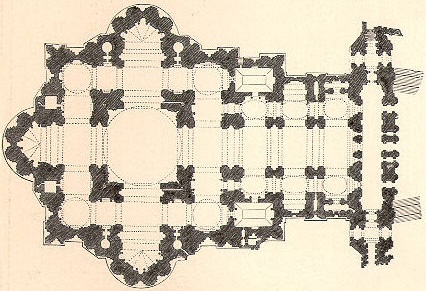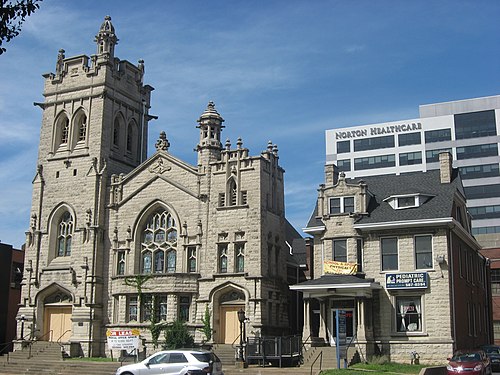Why Need to Assess Fire Risk in Historic Buildings?
Actually, the dynamics of a fire does not change if a building is common or historic, so the technique of fire risk assessment does not differ between historic and non historic buildings. A possible difference compared to ordinary buildings concerns the fact that, unlike the latter, in historic buildings the protection of the building matters almost as much as the protection of human life.
According to Mr Ingval Maxwell, a leading expert on the safety of historic buildings, “about one historic building is damaged by fire every day”. This number leads us to think that one of the problems of fire safety of cultural heritage is the lack of ability to evaluate the real risk faced by such buildings. But how to carry out a fire risk assessment in a historic building?
Actually, the chemistry and physics of a fire do not change if a building is common or historic, so the technique of fire risk assessment does not differ between historic and non historic buildings. A possible underlying difference compared to ordinary buildings concerns the fact that, unlike the latter, in historic buildings the protection of the building matters almost as much as the protection of human life.
Obviously, in historic buildings normally there are more deviations in the design of fire safety compared to the criteria used currently, but we should not believe that, in history, buildings have not been designed neglecting the experience of damage suffered by previous ones in the case of fire. A reason for worsening the risk can often derive, however, from the different use made of the historic buildings and from the greater quantity of energy that could now be present in the form of combustible materials or in the form of energy carriers (electricity, gas, photovoltaic panels etc.).
In the first part of this post we highlight the three main aspects of fire risk assessment for building protection, addressing the safety of people who can access historic buildings in the second part.
Electrical systems
The first item we’ll examine are the electrical systems. The presence of systems complying with old standards, combined with the aging of materials and switches, is risky. The size of the conductors, designed and installed when the electrical load was much lower, is another item that the owner has to assess for the fire safety of the building.
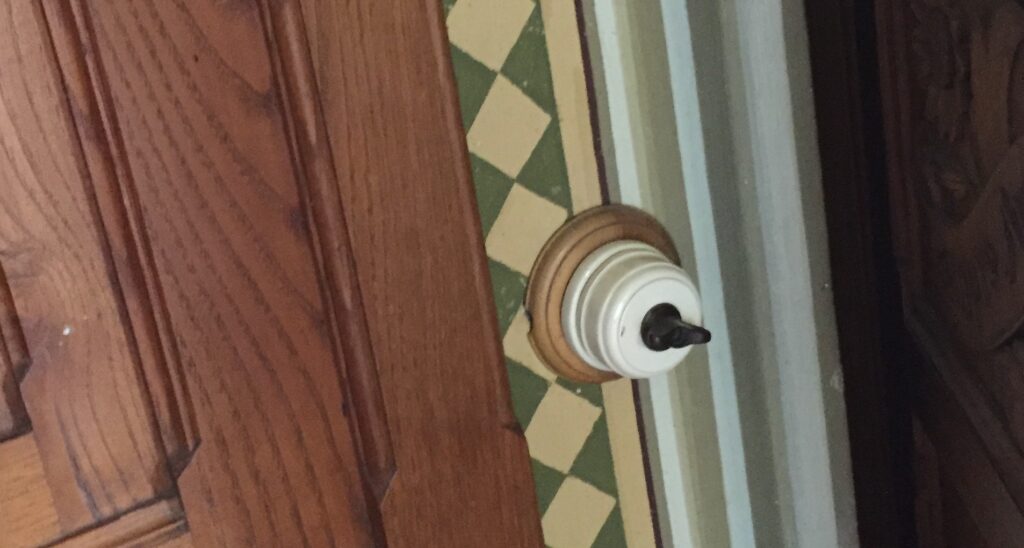
The electrical load due to air conditioners or heating systems can cause overheating of cables. If the overheating is repeated over time, deteriorates the protection of the wires. That leads to the possibility of igniting the surrounding areas. Interlocks, connections and control devices can also be subject to the same problem. In any case, the owner has to keep in mind that electrical causes also include the devices used and their management. Given that the causes of the fire in the Notre Dame de Paris cathedral have not yet been definitively ascertained, one of the possible causes of the fire could have been a faulty electrical system.
Defective appliances also can give rise to combustion which produces fumes and gases harmful to the materials stored and spread the fire. A sensational case of the damage that a small electrical appliance can cause is the destruction of the Faculty of Architecture in Delft, which occurred due to a coffee machine.
Combustible materials
In many historic buildings it is simply not possible to reduce the quantity of combustible materials. Often, such materials constitute the fabric that characterises the building itself. For this reason, the question the owner must ask himself is how to ensure that this issue does not become unmanageable.
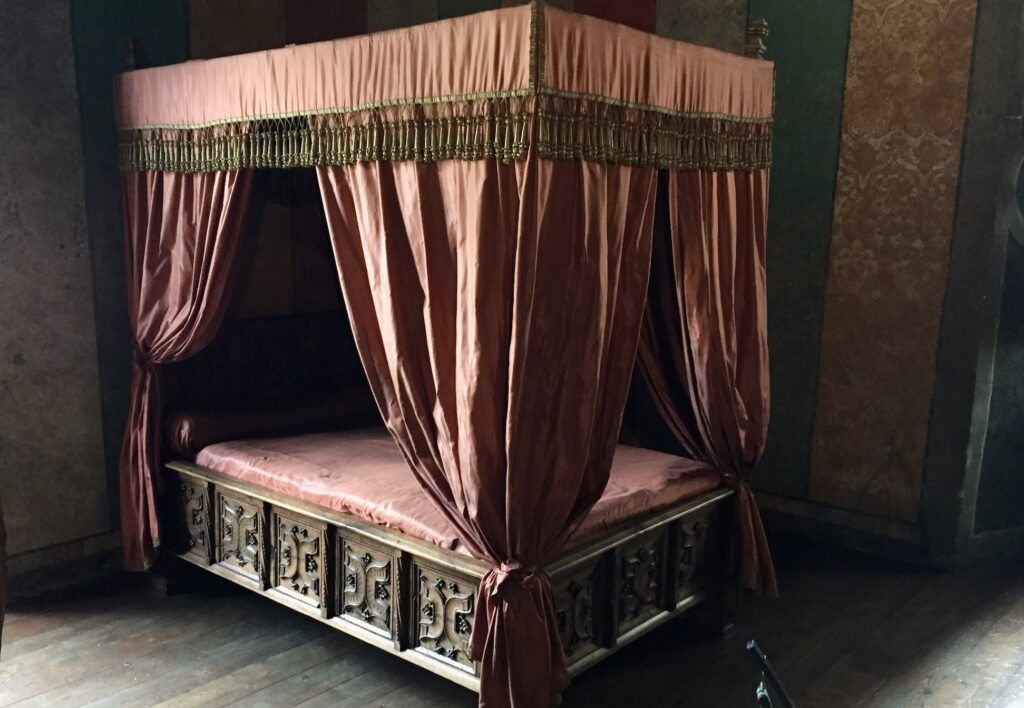
The issue is very delicate as in this case we have to accept solutions that are not normally considered in new buildings. In general, you can start by removing any ignition source. In fact, in the absence of triggers, the material cannot start a fire.
The owner must pay particular attention to the materials most susceptible to ignition, due to the characteristics of the substances or their shape. Thin elements such as curtains, wooden slats or paper coverings exposed on two sides can cause rapid evolution of the flames and their spread towards other materials.
In general, combustible materials exposed on two sides to a possible ignition are more risky. The Windsor Castle fire, for example, started from a curtain that was too close to a lamp.
Therefore, in addition to the electrical systems, the owner should remove all sources of combustion (ovens, lamps, candles) and maintain high attention on safety management. Preventing smoking of cigarettes or the ignition of flames is part of this strategy.
Maintenance works
In ordinary buildings maintenance work poses a significant fire risk, but in older buildings this necessity exposes them to a much more significant risk. The causes of this additional risk lie in older design criteria, in the problems of systems built with dated standards and in materials that do not guarantee adequate fire behavior performance.
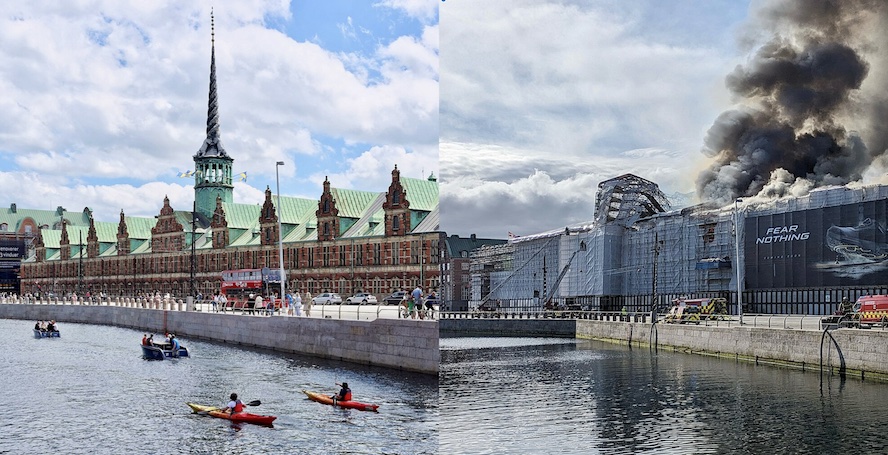
_%28top%29%2C_and_B%C3%B8rsen_on_16_April_2024_%28bottom%29.jpg
Furthermore, due to their age, historic buildings require repair or maintenance work which in some cases is not carried out on more recent buildings, for which demolition is sometimes more convenient than renovation.
Unfortunately, many maintenance activities require working with flames, temporarily putting safety systems out of service and creating accumulations of combustible and flammable materials, such as, for example, paints or other combustible or flammable products, deposits of material to be installed and material removed pending disposal.
The combination of these factors makes construction activities the main cause of fire in historic buildings, like the most recent one in Copenhagen.
The main safety measure against these fire risk factors in this case is the design and control of construction sites with the utmost attention to reducing the causes of ignition and the accumulation of combustible material.
An insight into managing hot works in historic buildings has been published by NFU Mutual Risk Management Services. The document fully sets out the variety of risks and the approach that should be followed in all works carried out within a historic building.
The presence of fire extinguishers and other fire-fighting equipment must be included in the design of construction sites, together with the training of all personnel on fire risks. In fact, maintenance workers’ awareness of the fire risks associated with any phase of the work is as important as the accurate planning of the construction site.
In general, the problem of construction sites in historic buildings is perhaps the first problem and presupposes compliance with specific rules. Above all, however, it is important that the people involved in the work have a high level of training and information on the risks to which buildings are exposed during these critical phases of their lives.
Safety of people
The assessment of the safety of human life is carried out by verifying that people have the possibility of reaching a safe place independently in an adequate time. The difficulties that most affect the achievement of this objective in historic buildings are significant and must be analyzed carefully.
In historic buildings we have no control over the fire behavior of the materials. Not only is it not possible to change them, but you normally don’t know how fast they burn.
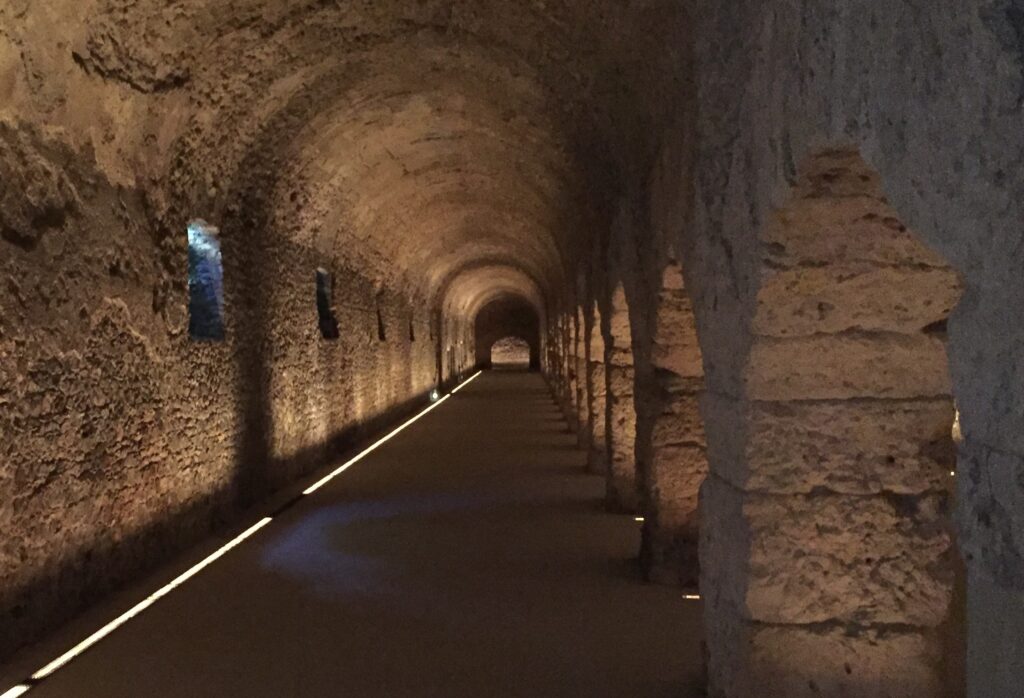
In general, historic wood for example is very dehydrated and therefore may be more exposed to rapid ignition. This aspect, which concerns materials, has an effect on people’s safety. If a fire can develop rapidly in an environment, a possible solution may be to make the paths leading to a safe place shorter. Another solution could be the construction of fire extinguishing systems suited to the risk, but this possibility is often precluded due to the difficulty of creating the systems without damaging the assets.
Furthermore, it is not always possible to guarantee routes accessible to everyone, both for access and for emergency escape. In this case, a possible response to this need is the study of a robust safety and emergency management system.
Safe evacuation in the event of fire must always provide the possibility for everyone to safely exit a building.
The variety of problems encountered in historic buildings, however, makes it difficult to identify common rules against which to verify the building’s compliance. For this reason, in many cases the safety project must be drawn up by competent people able to refer, when necessary, to the accepted performance criteria for fire safety in buildings.
